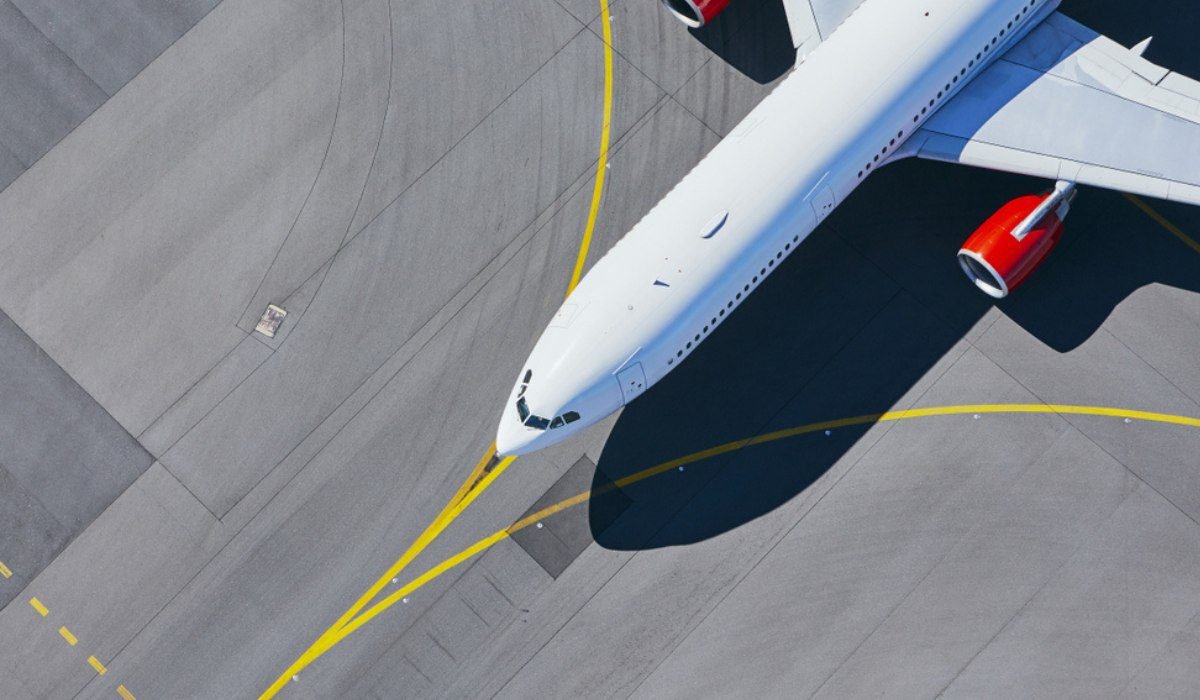Srinagar International Airport, identified by its IATA code SXR and ICAO code VISR, commonly referred to as Budgam Airbase, stands as a crucial international gateway catering to Srinagar, the summer capital of the Indian union territory of Jammu and Kashmir. This aviation hub is under the ownership of the Indian Air Force, while the Airports Authority of India manages its civil enclave. The airport gained international status in 2005, marking a significant milestone in its operational history. Situated in Budgam, approximately 12 km (7.5 mi) south of Srinagar, the facility boasts an integrated terminal serving both domestic and international flights, featuring a single asphalt runway.
Initially named Sheikh ul-Alam Airport in honour of the revered Kashmiri Sufi saint Sheikh ul-Alam, the airport underwent a proposed renaming by the state government in 2006. A notable development unfolded in 2020 when the airport was considered for a new designation: Major Somnath Sharma International Airport. This proposed name pays homage to Major Somnath Sharma, the inaugural recipient of India’s highest military decoration, the Param Vir Chakra. This renaming initiative reflects the airport’s connection to national heroes and its role as a symbol of valour and sacrifice.
See also: All about Ayodhya Airport
What are the facilities at Srinagar Airport?
Terminal
The airport features an integrated terminal spanning 19,700 m2 (212,000 sq. ft.), accommodating both domestic and international flights, with a capacity for 950 passengers at a time. Constructed as part of a larger expansion project costing Rs 1.3 billion (US$16 million), initiated by the Government of India, the terminal exhibits a Himalayan-themed design and a sloping roof for efficient snow removal. Inaugurated on 14 February 2009, it comprises nine parking bays, four of which are connected by aerobridges. Plans were underway in 2019 to build a new terminal exclusively for international flights, while in September 2021, it was announced that the existing terminal would undergo expansion from 25,000 m2 (270,000 sq. ft.) to 63,000 m2 (680,000 sq. ft.) for Rs 1,500 crore (US$190 million). Additional facilities include a food court, food outlets, handicraft shops, ATMs, currency exchanges, and WiFi.
Runway
The airport operates with a single asphalt runway, designated 13/31, measuring 3,685 by 46 metres (12,090 ft. × 151 ft.). Equipped with an instrument landing system since February 2011, it successfully conducted night landing test flights in August 2018, with commercial night flying operations commencing on 19 March 2021.
Airlines and destinations
Air India connects to Delhi, Jammu, and Leh, while Air India Express serves Bangalore and Delhi. IndiGo offers flights to Ahmedabad, Amritsar, Bangalore, Chandigarh, Delhi, Hyderabad, and Mumbai. SpiceJet covers Delhi, Jammu, and Mumbai, and Vistara flies to Delhi, Jammu, and Mumbai. However, in January 2010, Air India Express terminated its weekly flights to Dubai due to low passenger demand.
Access
Situated 12 km (7.5 mi) from Srinagar city, the airport provides a car park with 250 spaces. The government operates a paid bus service to the tourist reception centre near Lal Chowk, and the Airports Authority of India offers a free bus service between the terminal and the airport entrance gate located one km (0.62 mi) away. Taxis and car rental agencies are also available, with booths outside the terminal.
How is Srinagar Airport impacting real estate?
The presence of Srinagar International Airport can have several impacts on the local real estate market.
Property value appreciation
Proximity to the airport often leads to increased demand for residential and commercial properties in the surrounding areas. As accessibility improves, property values may be appreciated due to the convenience of travel.
Commercial development
The airport’s influence can attract commercial and retail developments in the vicinity. Businesses may choose to establish their presence near the airport to capitalise on increased foot traffic and accessibility for both locals and visitors.
Infrastructure development
The development of the airport may trigger broader infrastructure improvements in the region, including better roads, public transportation, and utilities. Such developments can enhance the overall appeal of the area for real estate investment.
Hospitality industry growth
The airport’s impact on the local hospitality industry can lead to the development of hotels, resorts, and other accommodation options in the vicinity. This growth can contribute to increased demand for properties catering to tourists and business travellers.
Residential demand
The convenience of air travel provided by the airport may attract individuals and families looking for residential properties in the area. This increased demand for housing can influence the real estate market by driving up prices and promoting new construction projects.
Job opportunities
The airport’s operations and any related developments can create job opportunities, attracting individuals who may then seek housing in the nearby areas. This influx of residents can impact the local real estate market by affecting rental demand and property sales.
Urbanisation and modernisation
The airport’s presence can contribute to the urbanisation and modernisation of the surrounding areas. Developers may be more inclined to invest in projects that align with the changing dynamics brought about by improved connectivity.
FAQs
What facilities does the airport offer?
The airport features an integrated terminal, a single asphalt runway, and various amenities, including parking, a food court, handicraft shops, and WiFi. Plans for terminal expansion and improvement of existing facilities are in progress.
Why was the airport proposed to be named Major Somnath Sharma International Airport?
In 2020, there was a proposal to rename the airport in honour of Major Somnath Sharma, the first recipient of India's highest military decoration, the Param Vir Chakra.
How is the airport impacting real estate in the region?
The airport's presence has various impacts, including property value appreciation, commercial development, infrastructure improvements, hospitality industry growth, increased residential demand, job opportunities, and urbanisation.
How is the accessibility to and from the airport facilitated?
The airport is approximately 12 km from Srinagar city and offers a car park, paid bus service to the tourist reception centre, free bus service to the airport entrance gate, and taxi and car rental services.
What airlines operate from Srinagar Airport and what destinations do they serve?
Airlines like Air India, Air India Express, IndiGo, SpiceJet, and Vistara connect to destinations including Delhi, Jammu, Leh, Bangalore, Chandigarh, Mumbai, and others.
How has the airport contributed to the region's economic development?
The airport serves as an economic hub by stimulating tourism, trade, and commerce. It also creates job opportunities and fosters infrastructural and urban development in the surrounding areas.
Are there any ongoing or planned developments at Srinagar Airport?
Yes, there are plans for terminal expansion and improvement projects, aiming to enhance facilities and accommodate the growing air traffic demand.
| Got any questions or point of view on our article? We would love to hear from you. Write to our Editor-in-Chief Jhumur Ghosh at [email protected] |

Shimon Oberoi, an economics graduate from Rajdhani College, University of Delhi, strives to simplify the real estate world through her compelling and well-researched content. She has experience in domains like entertainment and economic concepts, among others. When not creating content, she enjoys watching movies, listening to music, and reading fictional books.











